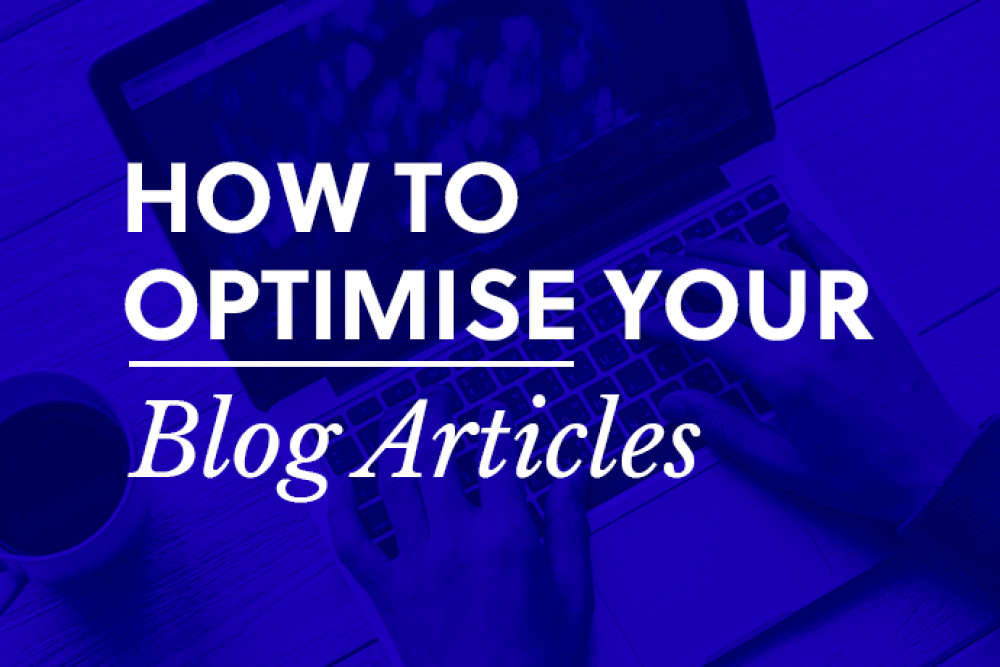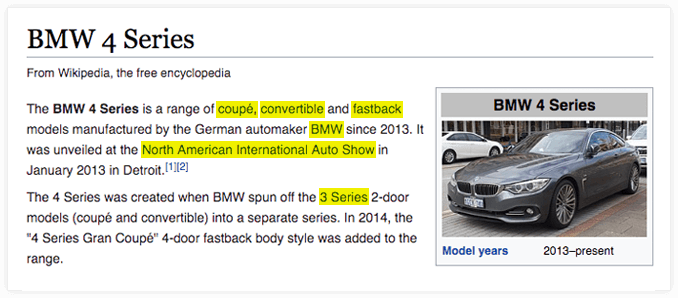News
How To Optimise Your Blog Articles

How To Write An SEO Friendly Blog Article
Unless you’re a digital marketing wizard or an SEO expert, the thought of trying to optimise your automotive or car leasing website may be daunting. Although we strongly recommend getting an expert involved for the nitty-gritty stuff, we find many leasing brokers and car dealers like to lend a hand when it comes to writing blog articles, which is great… providing they’re doing it correctly.
We find many leasing brokers who are posting fresh articles on a regular basis are missing out on a huge opportunity to increase their reach and the overall ranking of their website by not optimising them properly. Within this article, we’ll take a look at several optimisation techniques you can start implementing to help increase the chances of your blog posts ranking for relevant search terms.
1. Do Your (Keyword) Research
Firstly, when it comes to optimising your blog posts and writing articles in general, you need to know who you are trying to target and what they’re looking for. Chances are you’ll naturally include keywords throughout your article without realising it, but if you spend a small amount of time at the start conducting some simple keyword research, you may discover some related or long-tail keywords you hadn’t originally considered.
Once you’ve established a few relevant keywords, it’s important to use them where they’re likely to have the biggest impact, for example, headings, intro paragraphs, anchor links, etc. It’s also important to NOT overdo it! A few relevant keywords strategically placed will do the trick. You don’t want to fall into the trap of keyword stuffing, which may land you with a penalty from Google.
Pro Tip: There are many free tools available to help you conduct keyword research, for example Google Keyword Planner.
2. Correctly Break Up Your Text With Headers (H1, H2, H3...)
Breaking up your article into nice concise sections will not only benefit your readers but also benefit Google, especially if you include correctly formatted headers. If you’re creating headers and sub-headers for your article, they should be correctly formatted with the appropriate H tags. As a general rule of thumb, you should only include one H1 tag within your article, and this is typically reserved for the title. All other headings should be labelled as H2, H3, etc., depending on their relevance and the structure of your content.
Pro Tip: Headings are also a great place to include relevant keywords as Google often gives more weight to headers than normal text content.
3. Optimise Your Images
In addition to your text content, it’s also important to make sure every image you upload to your blog article is correctly optimised. Ensure the file name of your images is descriptive and includes relevant keywords. It’s also good practice to use "kebab-case" (replace blank spaces with hyphens) when naming them. It’s also important to include a descriptive alt tag with each image you upload.
Here’s an example of what a correctly optimised image may look like:
<img src="/ford-focus-ecoboost.jpg" alt="Ford Focus EcoBoost" />
Pro Tip: To help increase the speed of your website, make sure your images are resized and compressed. A good free online tool to use is: compressor.io.
4. Link Internally
Whilst it may be difficult to convince other websites to link to your content, you can do it on your own website for free.
Internal linking is a great way to pass on some of that SEO "juice" to other relevant pages on your website. For example, if you’re writing a blog article review on the new BMW 4 Series, it's a good idea to include links to your main BMW 4 Series landing page within your text. This not only helps Google crawl your website but also acts as an indicator to show which other pages are relevant to your content, which in turn may help them rank higher.
One of the best examples of internal linking is Wikipedia. Take a look at the example image below; we’ve highlighted each of the internal links, and you may notice that many of them are actually keywords.

5. Optimise Your URL And Metadata
Arguably one of the most obvious optimisation techniques for your blog article is to make sure your URL and metadata are keyword-rich, readable, and descriptive. When specifying the URL for your article, make sure it’s readable and includes your chosen keywords. As previously mentioned with image names, it’s good practice to use "kebab-case" and replace all blank spaces with hyphens. When writing your metadata, it’s again important to include your keywords but also make sure they are catchy and enticing for the user. Remember, your metadata is typically what your users will see within the search results.
Pro Tip: The Meta Title should be between 50-60 characters, and the Meta Description should be between 120-158 characters.
Conclusion
While optimising your blog post is essential, the most important aspect is making sure you write an awesome article that brings value to your readers! As an extra tip, we recommend aiming for a minimum of 500 words per article. This will help avoid your posts being flagged as "thin" content by Google and will give them the best chance of ranking for your chosen keywords.
Here at Jacit, we’re quickly becoming one of the leading suppliers of automotive and car leasing websites within the UK. If you’d like more information about the services we provide, please take a look around our website or get in touch. We’re always happy to have a friendly chat and share our advice.
